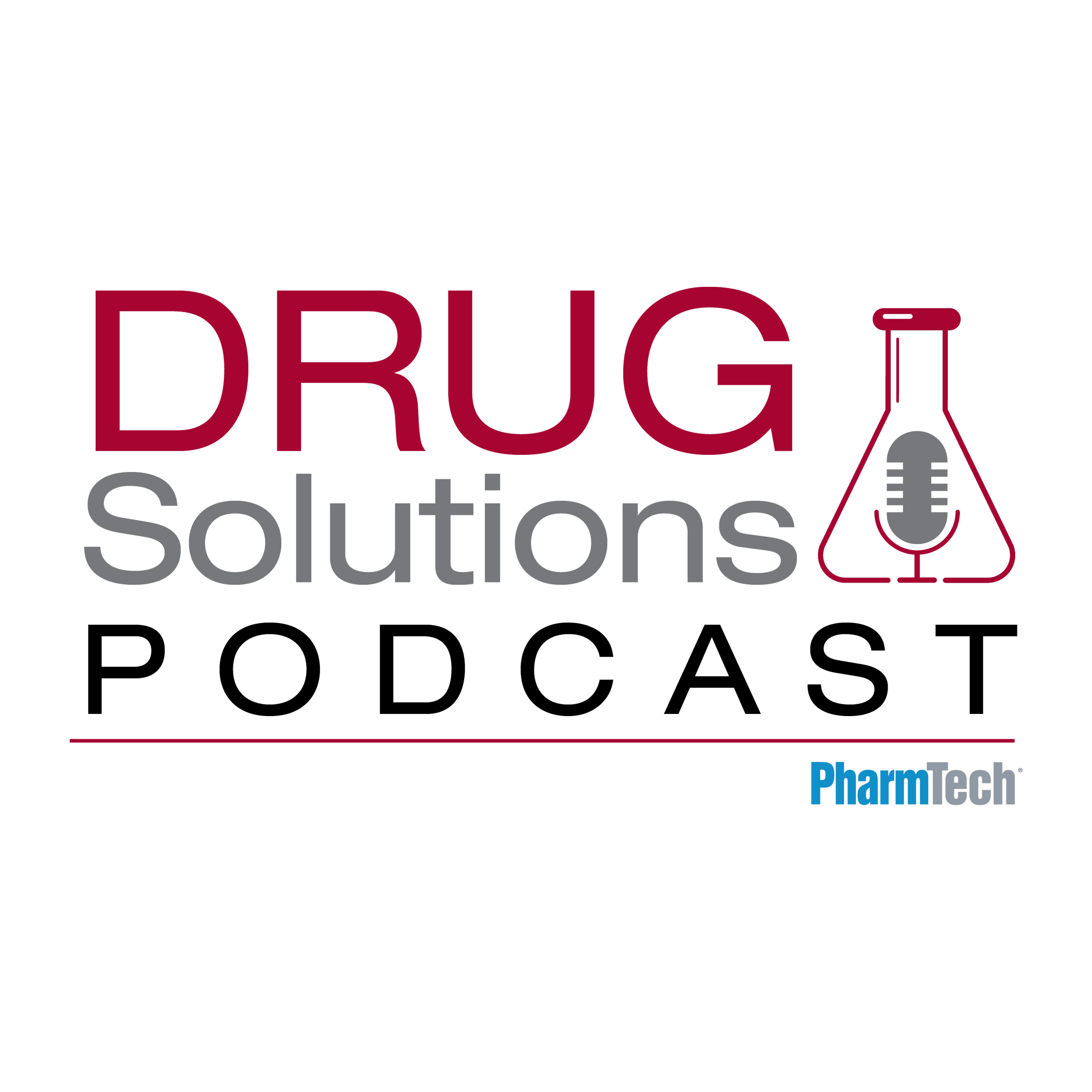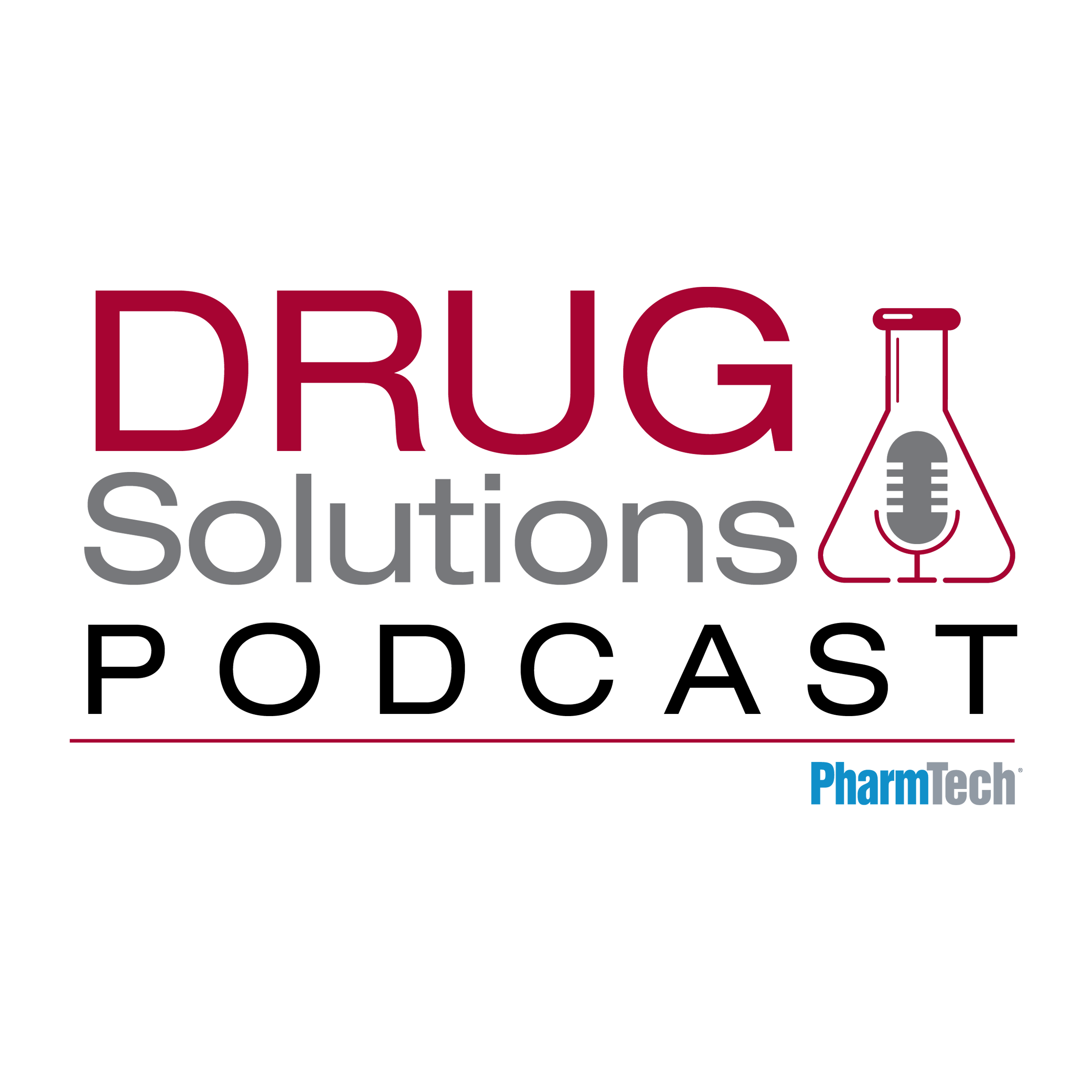News
Article
Pharmaceutical Technology
Good Distribution Practices: Who is Responsible?
Author(s):
Siegfried Schmitt, Principal Consultant, PAREXEL International, discusses the requirements for good distribution practices.
Q. We are expecting routine inspections of our solid dosage manufacturing plants by the European Union competent authorities. We have a good inspection history and high standards for GMPs. We have been told that the inspectors may want to review GMP and good distribution practices (GDP). As we have outsourced all distribution activities, is it sufficient to have service agreements in place and audit the providers? Or are we missing something?
A. GDP is crucial as an industry standard to ensure quality control and, ultimately, improve distribution and clinical-trial management. To determine who is responsible for GDP, the applicable regulations must first be considered. In Europe, GDP regulations were revised following the issuance of the Falsified Medicines Directive (FMD).
According to the Medicines and Healthcare products Regulatory Agency (MHRA), the FMD came into play in Europe in January 2013, introducing measures to help prevent falsified medicines from entering the legal supply chain. The directive substantially changed the European framework for the supply of medicines and affected businesses that have not traditionally been directly monitored through medicines regulation (e.g., brokers) (1).
The FMD was followed by the release of the Good Distribution Guidelines in March 2013 (revised in November 2013) (2). The Good Distribution Guidelines ensure the level of quality determined by GMP is maintained throughout the distribution network, safeguarding the distribution of authorised medicines to retail pharmacists through the eventual end-consumer, without any alteration of their properties (3).
As you are being inspected, I assume you are the marketing authorisation holder (MAH) and, therefore, responsible for the secure, controlled, and compliant pharmaceutical supply chain-from raw material supplies to shipments of products to customers. GDP must be covered by the MAH’s quality system. You mention that you audit your distributors, which is an excellent practice. It is important, however, that your audits cover current regulatory requirements. For example, does your audit program include all wholesalers, warehouses, freight consolidators/freight forwarders, and brokers within your supply chain? In many companies, some of these third parties are managed through the logistics department and may not be under the same scrutiny of quality control. To fully understand logistics, supply chain, and distribution channels, a comprehensive assessment of each department is crucial. Ideally, these assessments would be part of a greater risk assessment to ensure all regulatory requirements are being met. Further, this approach helps reveal possible GDP gaps in quality and regulatory oversight among third parties. As with all newly enforced regulations, interpretation of GDP regulations will become clearer over time. For example, the UK MHRA published this information on Aug. 18, 2014 (4):
“The GDP Inspectorate is raising awareness of the impact of the new regulations to those parties that are either directly or indirectly affected and any freight consolidator or freight forwarder either in the air, sea, or road transport sector that is either holding ambient medicinal products on site for more than 36 hours or has cold room facilities will require a Wholesale Distribution Authorisation WDA(H) in order to comply with the Human Medicines Regulations 2012 [SI 2012/1916] (as amended) and with the Falsified Medicines Directive 2011/62/EU (4).”
Considering this example, it is quite possible that goods stored intermittently in warehouses now fall under the above definition. The warehouse management team may not be aware of the changed requirements. Regardless, ultimate responsibility for compliance remains with you, not the third party. Through technical/quality agreements, the contractor and third party can confirm that roles and responsibilities are understood. Any agreement made with the warehouse operators should clarify which licenses will be required for a compliant operation.
A quality and compliant system requires deep understanding of all applicable regulations and how these applications should be applied to any given distribution network. GDP is crucial as an industry standard to ensure quality control and, ultimately, improve distribution and clinical-trial management. GDP should be considered in advance of contracting third-party distributors to ensure best practices in clinical-trial management.
References
1. MHRA, The Falsified Medicines Directive.
2. EMA, Good Distribution Practice (March 2013).
3. EC, Good distribution practice of medicinal products for human use (Nov. 5, 2013).
4. MHRA, MHRA position on freight consolidation depots (freight forwarders), accessed Nov. 11, 2014.

About the Author
Siegfried Schmitt, Principal Consultant, PAREXEL International.
Article DetailsPharmaceutical Technology
Vol. 38, No. 12
Pages: 58
Citation: When referring to this article, please cite it as S. Schmitt, “Good Distribution Practices: Who is Responsible?,” Pharmaceutical Technology 38 (12) 2014.

Newsletter
Get the essential updates shaping the future of pharma manufacturing and compliance—subscribe today to Pharmaceutical Technology and never miss a breakthrough.





